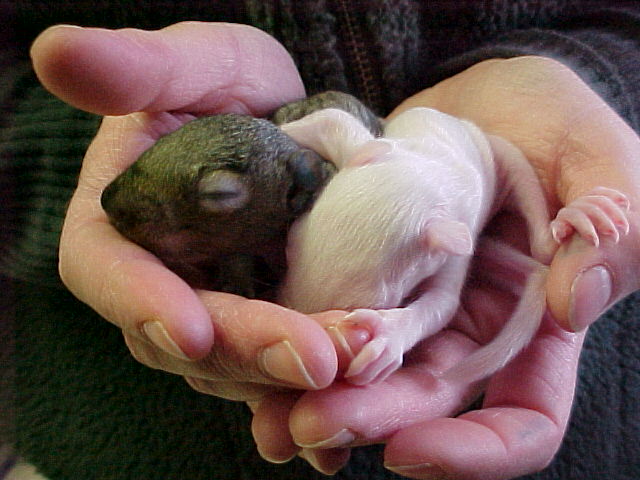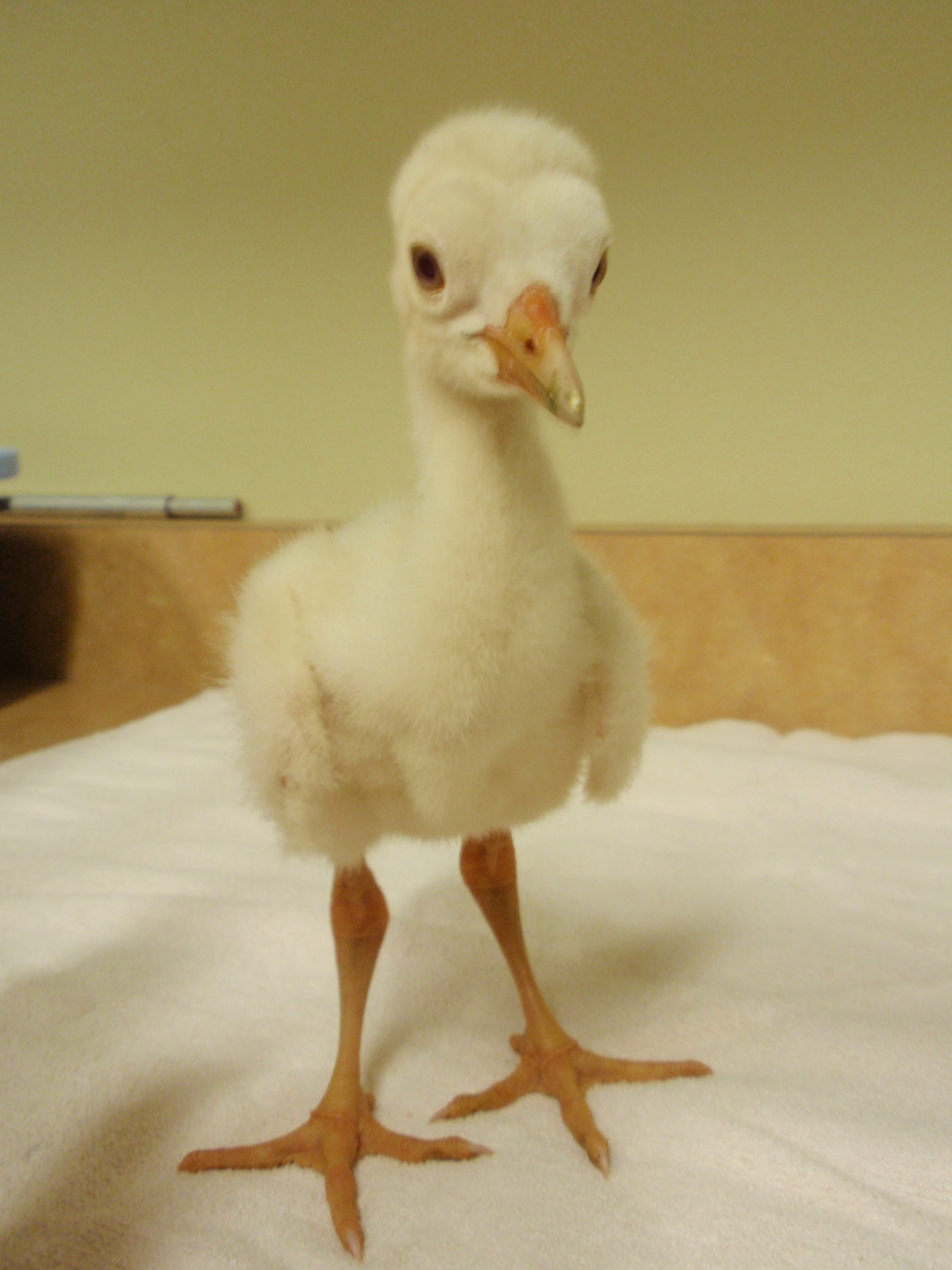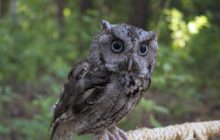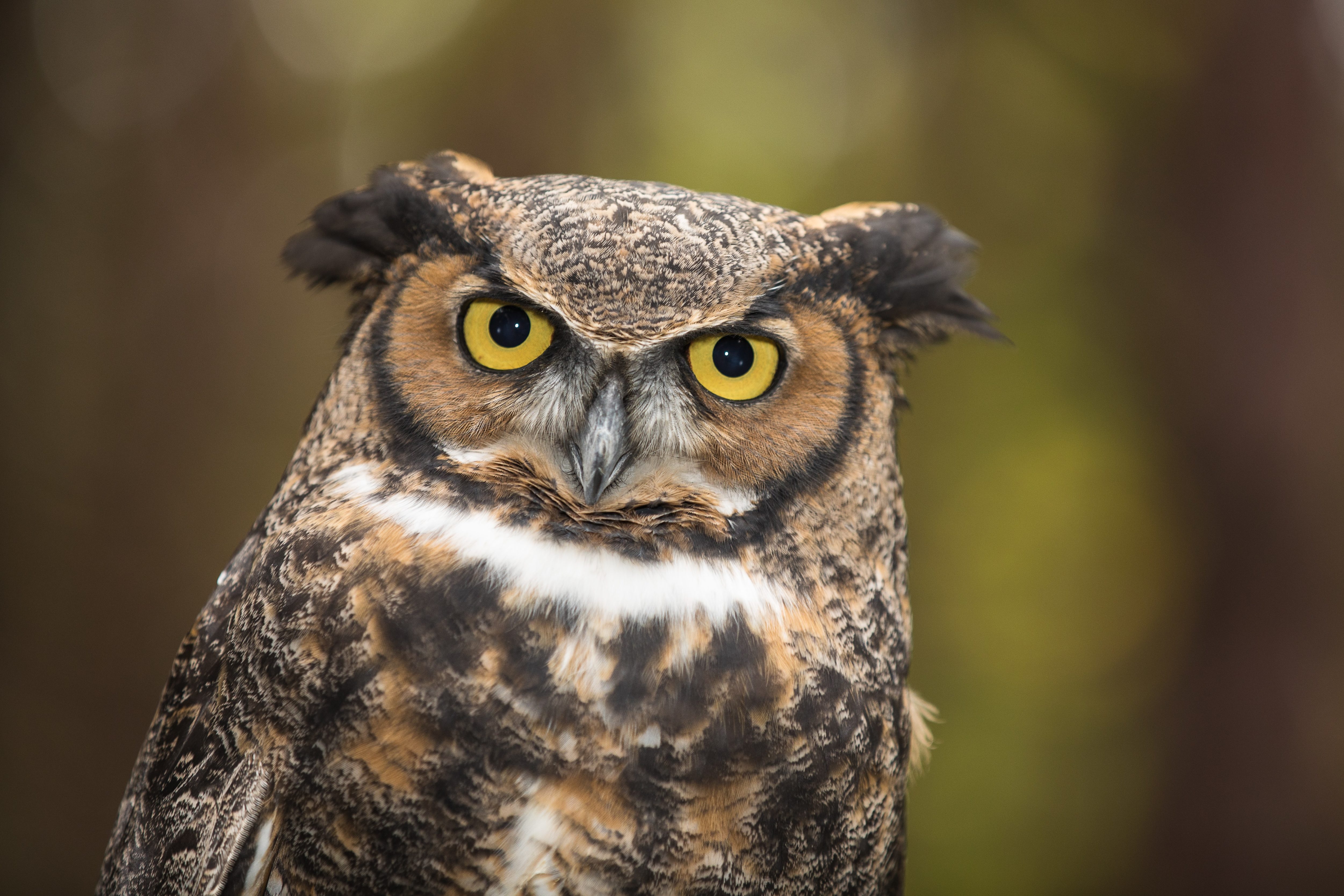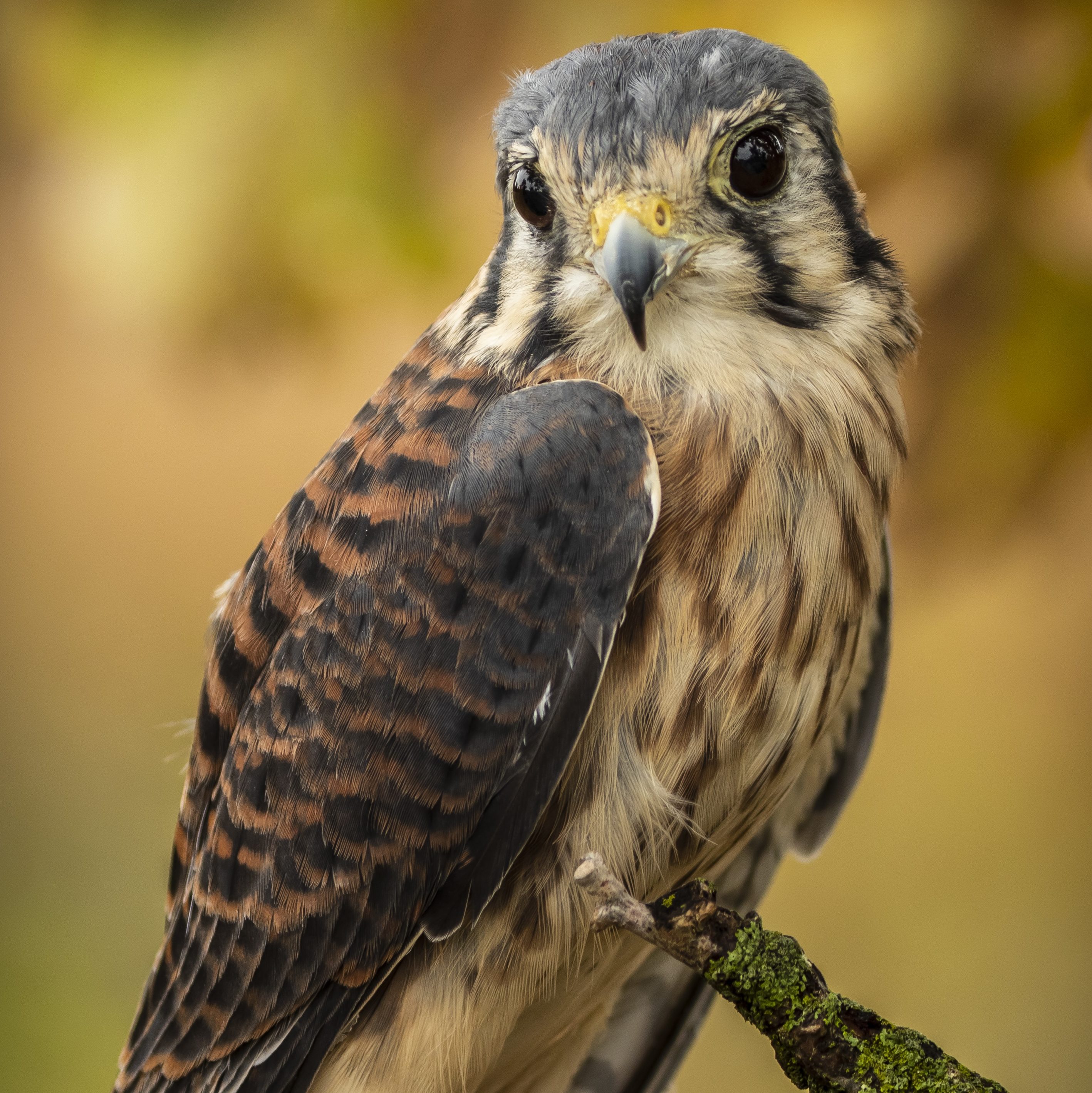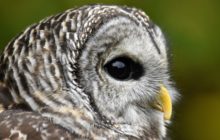Here at WINC, each and every day brings a new set of phone calls and admitted animals that make each day completely unique. There are certain days, however, in which truly unusual patients, injuries, or rescue situations do occur. One group of these “unusual patients” include ALBINO animals. Albinism is a condition which is caused by the organism’s body not being able to produce a pigment known as MELANIN. Melanin creates the normal pigmentation in an animal’s fur, skin, or scales; a lack of melanin generally results in the animal looking bleached all over, appearing white or pink.
Are all white animals albino? NO. The key is in their eye color. All albino animals have red/pink eyes. Some white animals are LEUCISTIC, meaning that they have a reduced amount of pigmentation in relation to a normal specimen of their species but it is not as severe as albinism (thus, their eyes have more normal coloring).
Albinism is an inherited trait, passed from adult animals to their young.
Why would WINC admit an albino animal? We admit them for many of the same reasons that we admit animals with normal pigmentation. However, albino animals are much more at risk in the wild. An animal’s coloring often is key in helping it hide, either from predators or prey. Without it, an albino animal is often a sitting duck! Pigmentation also helps an animal deal with sunlight, both on their skin and in their eyes. Thus, albinos often have skin issues and cannot see very well. Finally, if a species is sight-oriented, an albino may be shunned or even killed by members of its own species because it is see as an “outsider”.

